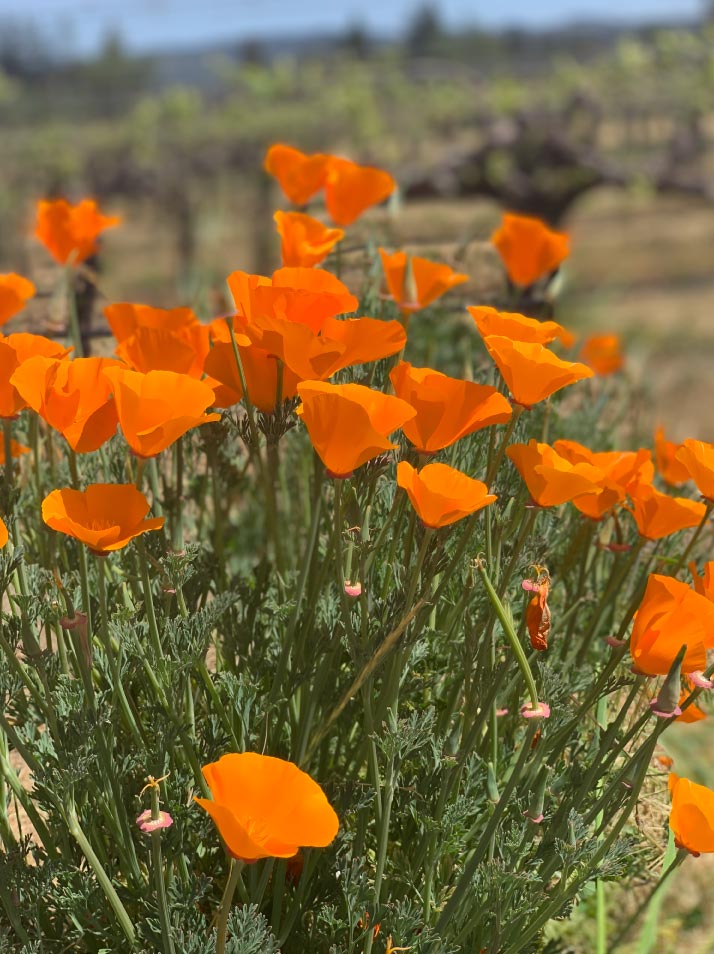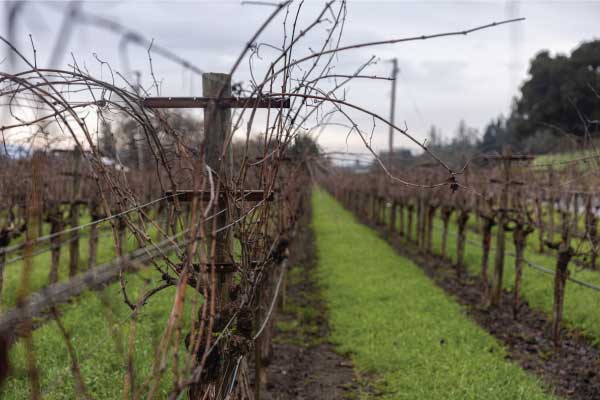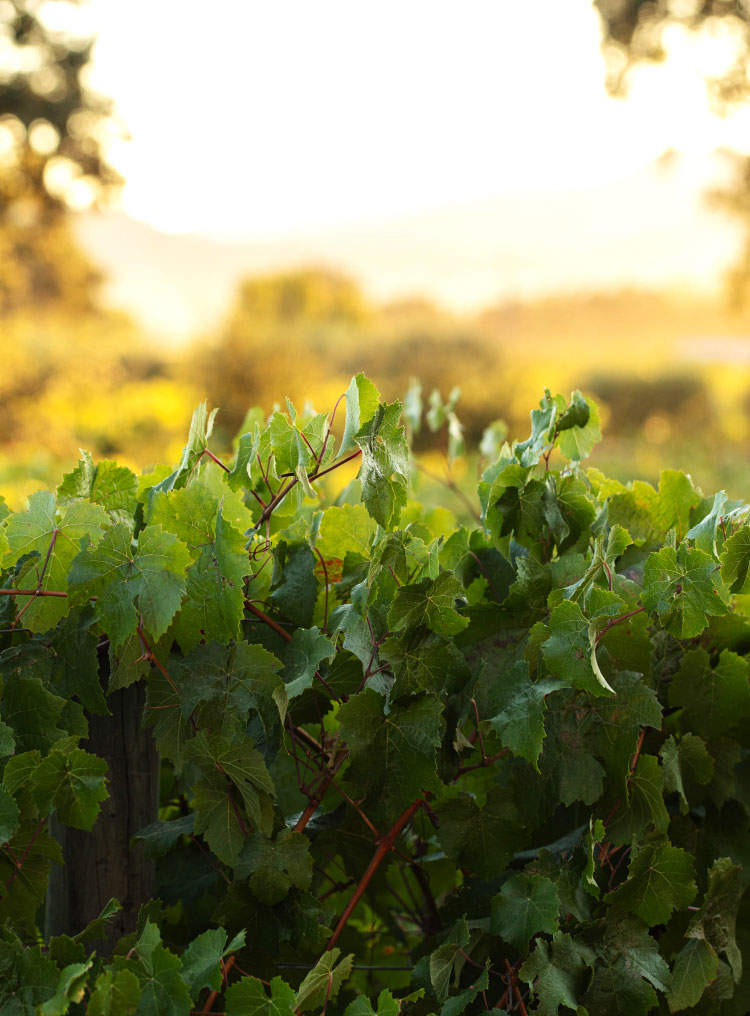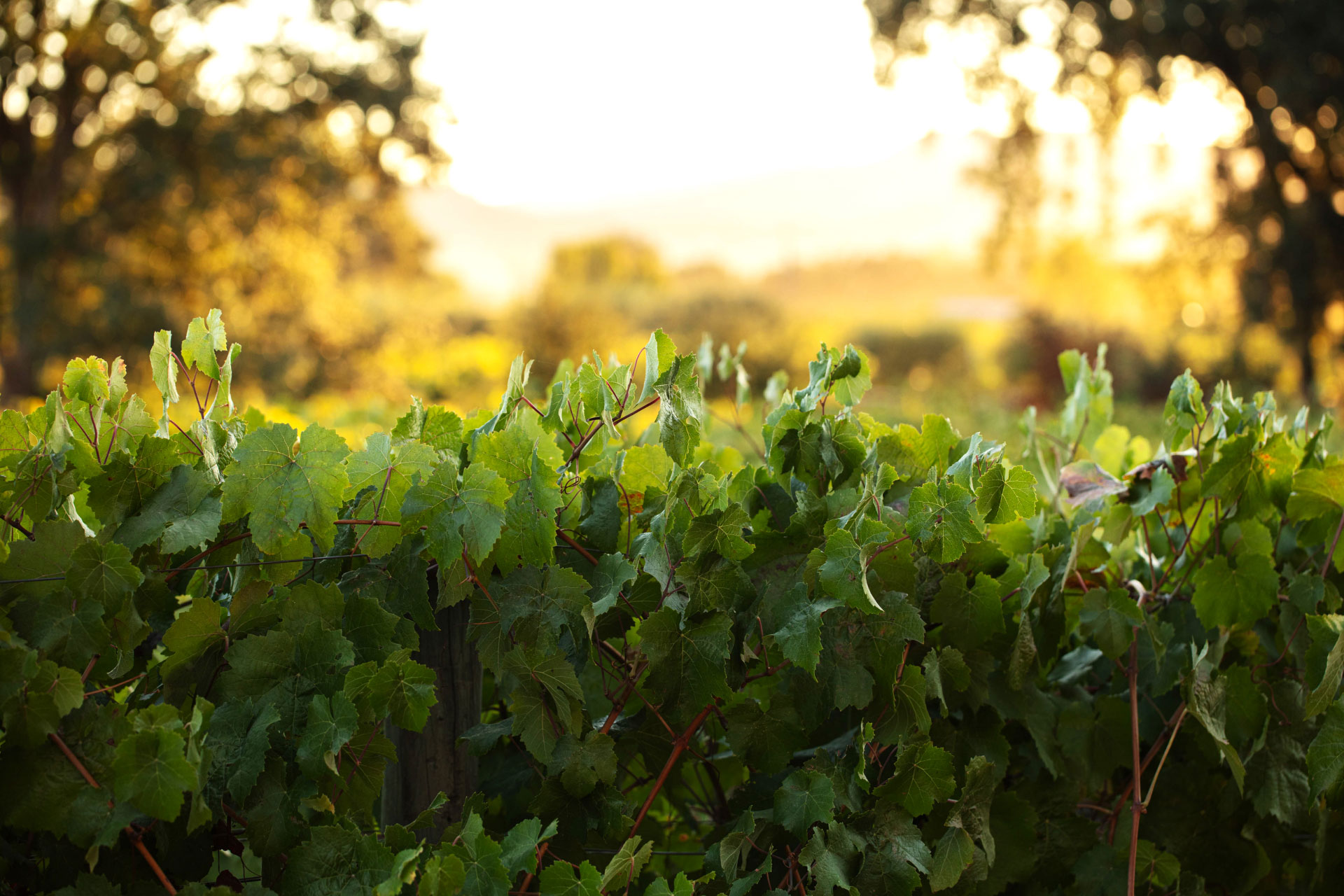Springtime in Napa Valley & The Benefits of Bees
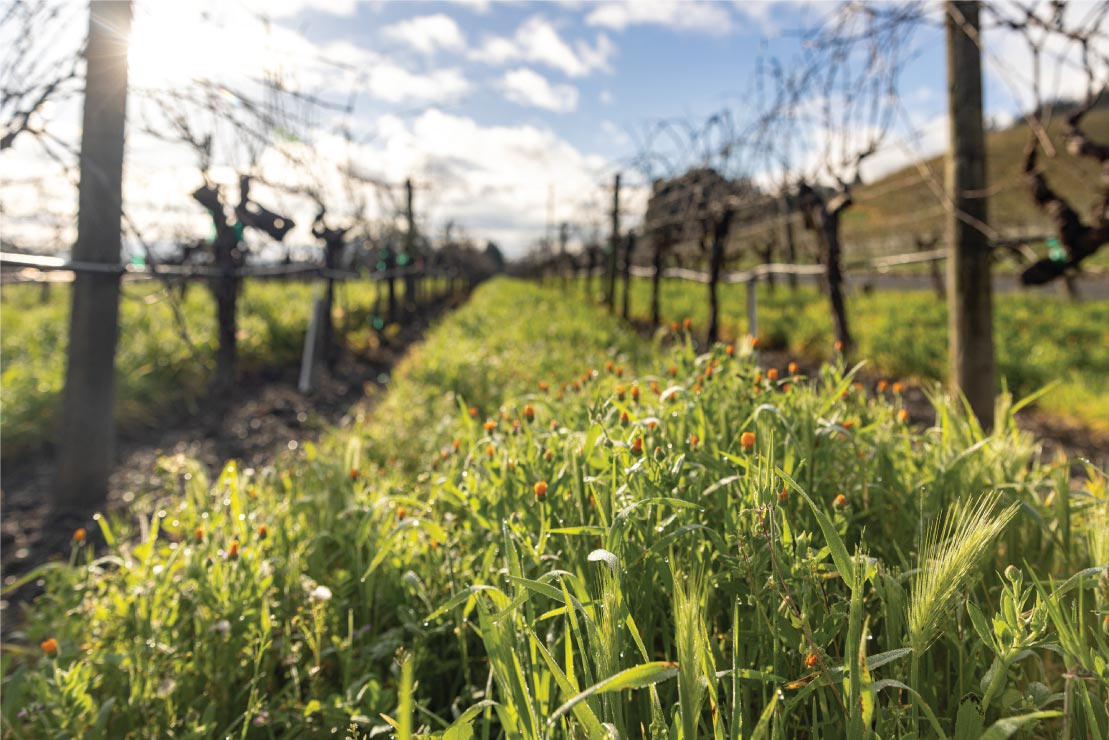
Spring is springing in napa valley

In the springtime, Napa Valley’s vineyards transform into a picturesque landscape bursting with life and vibrancy. As winter fades away, the vineyards come alive with signs of new growth and renewal, setting the stage for another fruitful growing season.
The most striking feature of Napa Valley’s vineyards in spring is the awakening of the dormant vines. Once barren and leafless, the vines begin to bud, revealing delicate green shoots that will eventually develop into lush grape clusters. This period of bud break is a crucial stage in the vine’s life cycle, marking the start of the growing season and the promise of a new harvest to come.
What is budbreak?
Budbreak in Napa Valley is a highly anticipated and crucial stage in the life cycle of grapevines. This phenomenon typically occurs in late winter to early spring when the vineyards come alive with the first signs of new growth. Budbreak marks the awakening of the dormant vines as tiny buds on the vines begin to swell and eventually burst open, revealing delicate green shoots. This stage is instrumental as it signals the start of the growing season and sets the tone for the rest of the year’s grape development. Farmers and viticulturists closely monitor budbreak as it is a vulnerable time for the vines, susceptible to late frosts or other environmental challenges. Overall, budbreak in Napa Valley is a breathtaking and important moment that signifies the beginning of another cycle of growth and the promise of a successful harvest to come.
As the days grow longer and warmer, the vineyards in Napa Valley become a patchwork of green as the vines rapidly grow and spread across the rolling hills. The gentle hillsides that were once covered in a blanket of winter brown now boast a carpet of green vine leaves, creating a stunning contrast against the backdrop of the valley’s rugged terrain. In addition to the verdant vines, the vineyards in Napa Valley in spring are also adorned with vibrant wildflowers and blooming cover crops. These colorful floral displays not only add beauty to the landscape but also serve a functional purpose by attracting beneficial insects and pollinators to the vineyards.
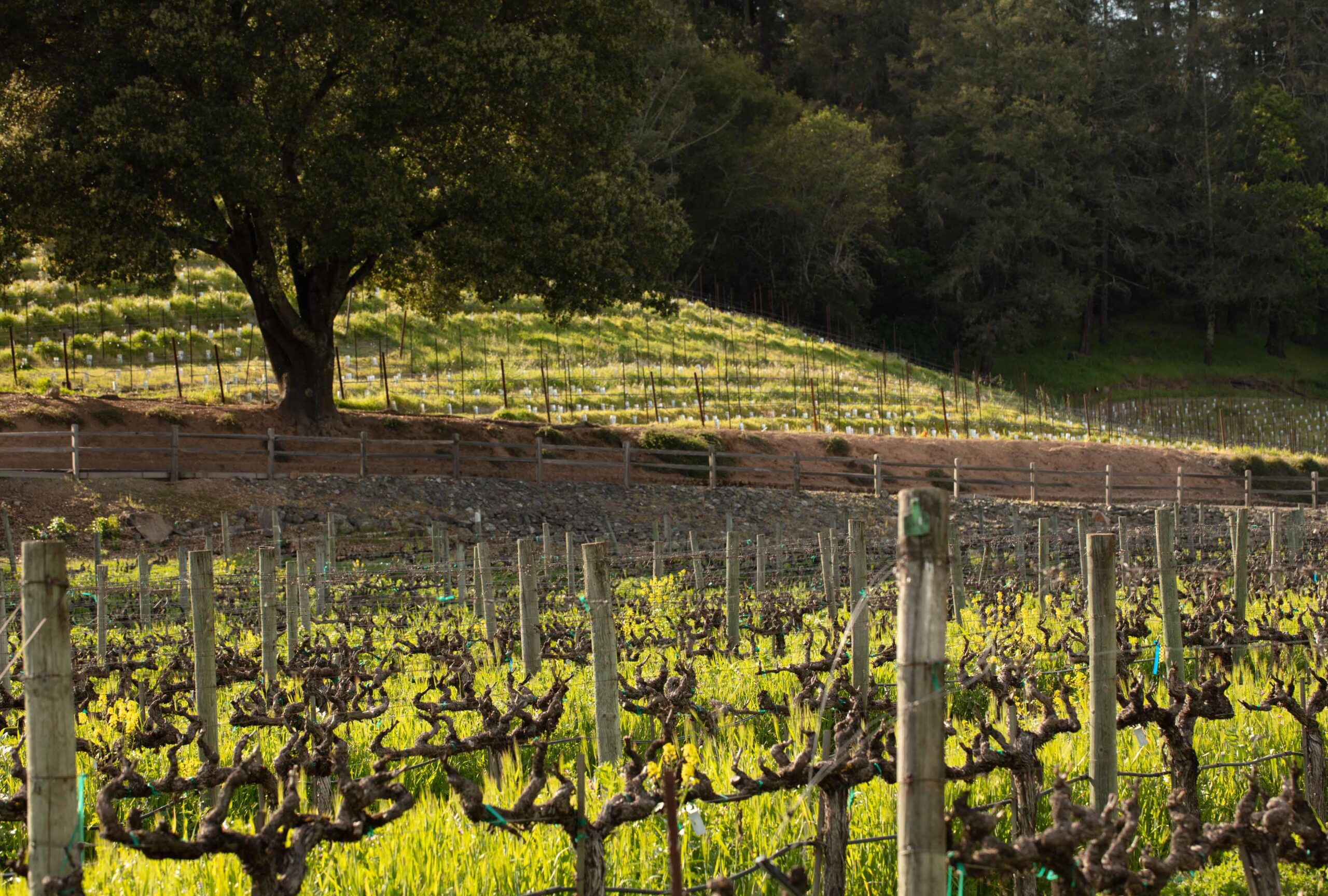
What roles do Bees play?
Bees play a crucial role in the ecosystem of vineyards in Napa Valley during springtime, providing a myriad of benefits that contribute to the flourishing of grapevines and the overall health of the environment. As the vineyards in Napa Valley start to bloom and come to life in the spring, bees become essential pollinators in this delicate ecosystem.
One of the primary benefits of bees to vineyards in Napa Valley during springtime is their role in pollination. Bees are efficient pollinators, transferring pollen from one flower to another, which is essential for the growth and development of grapevines. This process is crucial for the vines to produce fruit, ultimately leading to a successful harvest.
In addition to pollination, bees also contribute to biodiversity and ecosystem health in vineyards. By pollinating a variety of plants in the vineyard surroundings, bees help maintain a balance in the ecosystem and support a healthy environment for other wildlife. Furthermore, bees are indicators of environmental health in vineyards. Their presence and activity indicate a thriving ecosystem with abundant food sources and minimal use of harmful pesticides. By promoting a bee-friendly environment, vineyards in Napa Valley can ensure the sustainability of their agricultural practices and the preservation of the natural habitat.
